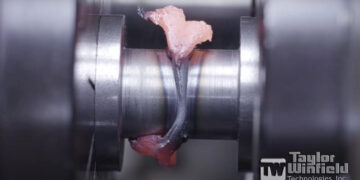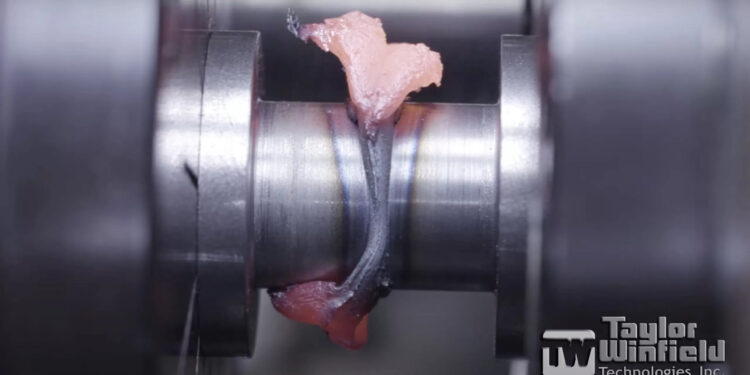Friction welding is a solid-state welding process that joins materials by generating heat through mechanical friction. Taylor-Winfield Technologies (TWT), with over 130 years of legacy, stands as a prominent supplier of friction welding machines. In this article, we explore the various aspects of friction welding machines, their applications, and the advantages they offer.
1. Types of Friction Welding Machines
a. Rotary Friction Welders
Rotary friction welders are widely used for joining cylindrical parts. They work by rotating one component against another while applying axial pressure. TWT’s rotary friction welders are versatile and suitable for materials like steel, aluminum, and titanium.
b. Linear Friction Welders
Linear friction welders create linear reciprocating motion between two components. These machines are ideal for joining flat or non-cylindrical parts. They find applications in aerospace, automotive, and energy sectors. TWT’s linear friction welders ensure precise and repeatable welds.
2. Advantages of Taylor-Winfield’s Friction Welders
a. Solid-State Bonding
Friction welding produces a solid-state bond without melting the materials. This results in joints with excellent mechanical properties and minimal distortion.
b. Versatility
TWT’s friction welders can join a wide range of materials, including:
- Steel: Carbon steel, stainless steel, and high-strength alloys.
- Aluminum: Used in automotive and aerospace applications.
- Titanium: Commonly used in aerospace and medical devices.
- Copper: For electrical components.
- Nickel-based alloys: Found in gas turbines and jet engines.
c. Energy Efficiency
Friction welding consumes less energy compared to traditional fusion welding methods. The absence of filler material reduces material waste.
d. High Production Rates
Friction welding is a rapid process, making it suitable for high-volume production lines. TWT’s machines are designed for efficiency and productivity.
3. Applications of Friction Welding Machines
a. Automotive Industry
Friction welding is used to join engine components, drive shafts, and suspension parts. It ensures durability and performance.
b. Aerospace and Defense
Critical components in aircraft and spacecraft benefit from friction welding. Examples include landing gear components, turbine blades, and rocket motor casings.
c. Energy Sector
Friction welding is employed in nuclear power plants, oil and gas pipelines, and wind turbine manufacturing.
d. Medical Devices
Titanium implants, surgical instruments, and medical tubing rely on friction welding for biocompatibility and strength.
Conclusion
Taylor-Winfield Technologies continues to innovate in the field of friction welding. Their machines provide reliable, efficient, and high-quality solutions for diverse industries. Whether you’re building cars, airplanes, or medical devices, TWT’s friction welders ensure robust connections that stand the test of time.
Remember, when it comes to joining metals, friction is your friend!








































